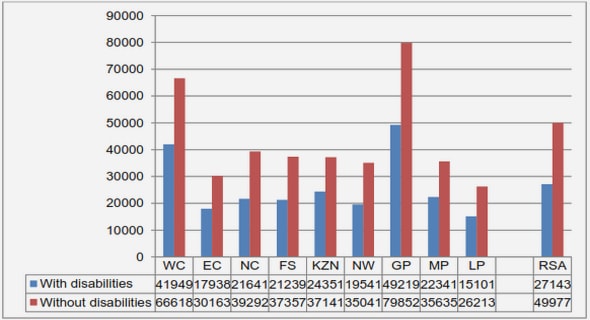(Downloads - 0)
For more info about our services contact : help@bestpfe.com
Table of contents
1 Introduction
2 Theoretical framework
2.1 Standard Model and CP violation
2.1.1 The Standard Model of particle physics
2.1.2 The CP symmetry violation
2.1.3 The CKM matrix
2.1.4 The Standard Model issues
2.2 Testing the New Physics
2.2.1 An effective theory
2.2.2 New Physics laboratories
2.2.3 The radiative decays
2.2.4 The photon polarisation
2.2.5 Constraints on the C7 and C0
3 Experimental setup
3.1 The Large Hadron Collider
3.1.1 The collider, the particles and the detectors
3.1.2 Accelerating protons
3.1.3 b-hadron production at LHC
3.1.4 Flavor physics at LHC
3.2 The LHCb spectrometer
3.2.1 Overview of the detector
3.2.2 The vertexing and the tracking system
3.2.3 The magnet
3.2.4 The charged particle identification system
3.2.5 The calorimeters
3.2.6 The muon chambers
3.3 The LHCb trigger system and software environment
3.3.1 The trigger
3.3.2 The hardware level 0 trigger
3.3.3 The software trigger
3.3.4 Triggered on signal, or not
3.3.5 The particle identification algorithm
3.3.6 Efficiency of the particle identification requirements
3.3.7 The converted photons reconstruction algorithm
4 Signal selection
4.1 Samples and simulation
4.1.1 Data samples
4.1.2 Simulation
4.2 Signal preselection
4.2.1 Stripping
4.2.2 True signal sample definition
4.2.3 Dielectron track type samples
4.2.4 Trigger selection
4.2.5 High
4.2.6 Converted photon selection
4.2.7 Mass windows
4.2.8 Events with multiple candidates
4.3 Background rejection
4.3.1 Contamination from misidentified events
4.3.2 Contamination from V e+e decays
4.3.3 Contamination from partially reconstructed decays
4.3.4 Combinatorial background
4.4 Selection efficiencies, background contaminations
4.4.1 Selection summary
4.4.2 Selection efficiencies
4.4.3 Background contamination
4.5 Conclusion
5 Model, fits and measurements
5.1 Modelisation and fitting procedure
5.1.1 Signal and background models
5.1.2 Fit to the data
5.2 Validation of the fit
5.2.1 Data and simulation comparison
5.2.2 Fraction of events in each sample
5.2.3 Pseudo data samples generation
5.3 Systematic uncertainties
5.3.1 Fraction of events, data and simulation differences
5.3.2 L0-Trigger
5.3.3 Fit parameters
5.3.4 Double misidentified B0! K0 events
5.3.5 Data and simulation differences
5.3.6 Magnet polarity asymmetry
5.3.7 Systematic uncertainties summary
5.4 Results
5.4.1 Measurement of the ratio of branching fractions
5.4.2 Measurement of the CP asymmetry of B0! K0
5.5 Limit on the branching fraction of the B0 decay
5.5.1 The CLS method
5.5.2 Result
6 Conclusion and outlook
A Correlation tables from reference fit
B Selection variable comparison
C L0-trigger distribution comparison
D Systematics from fixed parameters




